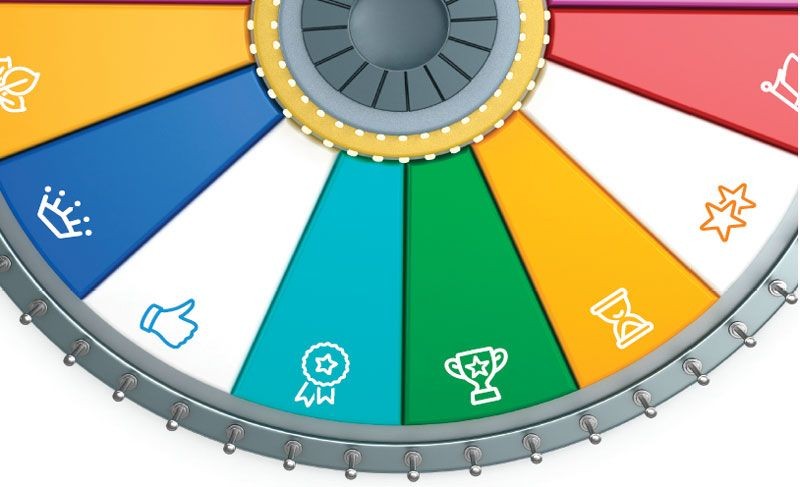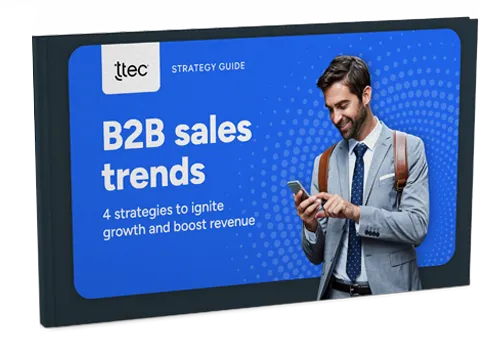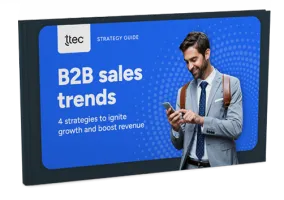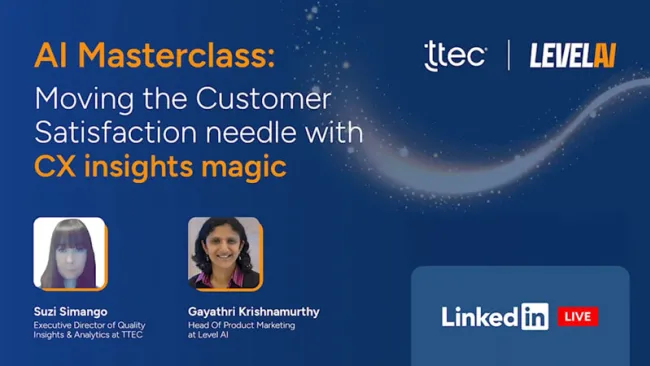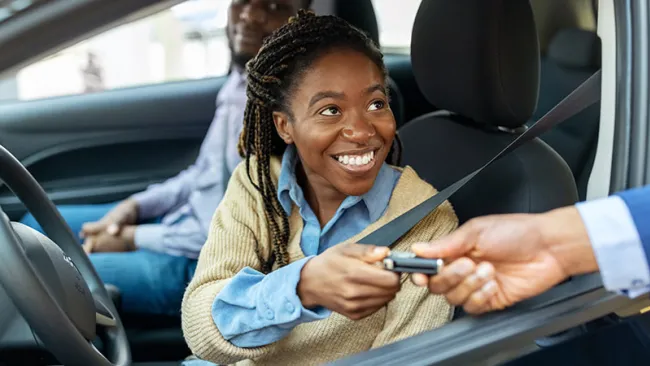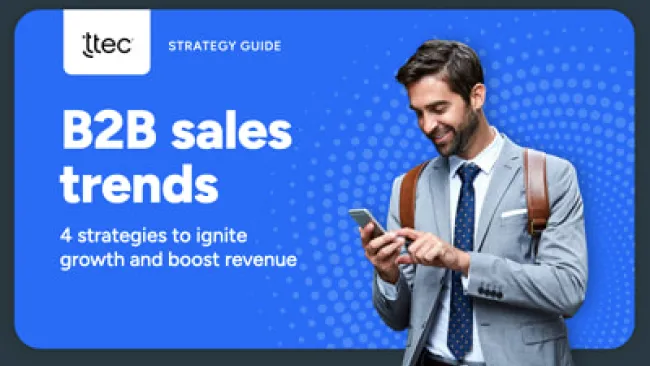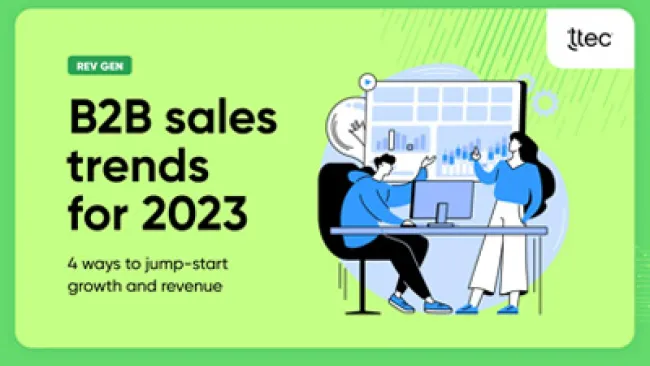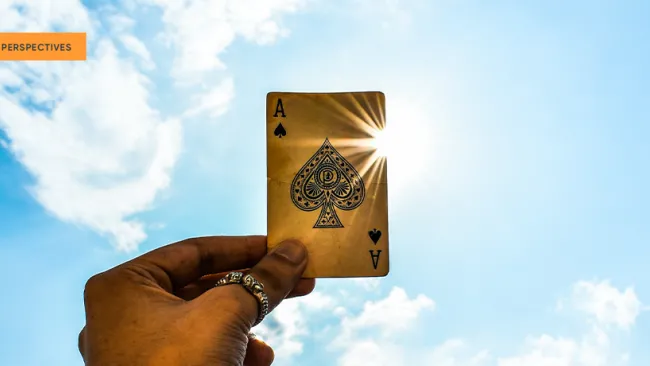Just as an engaged couple commits to spending the rest of their lives together, engaged customers commit to a company, and vice versa. They take their relationship to the next level, where breaking up is rare. And, just as a suitor will invest a few months’ salary in an engagement ring, companies interested in customer engagement may make significant investments in the short- and long-term happiness of their customers. They want that investment to have a lasting impact.
That’s not always the experience, however. One popular initiative to build engagement is through a loyalty program. Many companies have had them in place for years. However, the increase in their popularity may have ultimately led to a decline in effectiveness.
Only 16 percent of businesses said they have a highly effective loyalty program, according to a 2014 study conducted by the International Institute for Analytics and SAS. And Forrester Research reported in a recent study that only 17 percent of U.S. respondents and 12 percent of Canadian respondents consider loyalty programs “very influential” in their purchase decisions.
For many customers, “loyalty” has become synonymous with “discounts.” Customers have been conditioned to think this way, since most companies offer points programs and rewards without strategically thinking about truly building individual customer engagement. As a result, customers may be members of multiple loyalty programs, countering the nature of what it is to be loyal. More than 75 percent of customers are members of loyalty programs for the discounts, according to Forrester Research. And another study from Kcom research found that more than 40 percent of companies with loyalty programs cite engaging customers as their biggest challenge. Even for those with historically successful loyalty programs, there has got to be a better way to inject more engagement and excitement to build stronger loyalty and commitment.
Let’s play a game
We think the next generation of customer engagement and loyalty should be about having fun and playing games. By adding elements of gamification to your company’s loyalty strategy, both customers and companies will see mutual benefits. Giga information reports some impressive online results from gamification: Customer activity online increases by an average of 68 percent, and social sharing jumps by 22 percent.
Gamification is not a new concept, but it is gaining traction in every industry. Gartner predicts that by the end of this year more than 70 percent of the Global 2000 companies will have some sort of gamified initiative in place. Some think that gamification means simply tracking loyalty points on a leaderboard or delivering badges for random activities. That misses the opportunity to build true customer engagement. There are many examples of gamification out there, but few are tied into established loyalty programs, and even fewer connected to business outcomes.
There are four ways that gamification can prime the loyalty program pump:
• Fun equals participation: Gamifying the engagement platform helps customers enjoy the activities that earn them rewards. They will be more likely to participate if they have fun doing it.
• Differentiation: Gamified engagement activities help brands create a key differentiator to stand apart from competitors’ loyalty programs.
• Sense of completion: A goal-oriented approach instills a sense of completion and spurs users to achieve more business objectives.
• Universal reach: With a typical tiered loyalty platform, many consumers don’t get close enough to the top rewards, so they lose interest. A gamified platform levels the playing field, offering potential incentives and rewards (e.g., badges, leaderboard bragging rights) for all customers, irrespective of the financial value they generate.
Notice that “having fun” is not the only reason to invest in gamification. That’s the same as investing in a new technology because it’s cool or trendy. While creating a fun experience is an important driver, it shouldn’t be the only reason to gamify elements of the customer experience. Most importantly, companies need to connect the program to tangible business outcomes.
According to Gartner, most gamification implementations fail because of poor design. People lean on the “fun” factor and don't understand business implications. Instead, programs must be designed to align business objectives to customer goals, then create the best processes and structure to do that. Technology deployment is the final step. The technology itself isn’t enough.
The E7 framework
Peppers & Rogers Group has created a proprietary methodology called the “E7 framework” as a holistic approach to both drive usage and derive benefits from gamification. Simply stated:"
"Increase ENGAGEMENT by EDUCATING, ENERGIZING and EMPOWERING the customer while ensuring EARNING for the client, ENJOYMENT for the user and EVOLUTION of the customer relationship.”
The framework balances increasing customer involvement with creating business value at each point.
Loyalty drivers:
Educate: Inform customers of products, processes, and events.
Energize: Stimulate interactions and guide customer use of more services and products.
Empower: Transform customers into proud brand ambassadors.
Loyalty benefits:
Earn: Create value through increased awareness and customization.
Enjoy: Users have fun and stay engaged with the program.
Evolve: Understand customers much more than through traditional CRM systems.
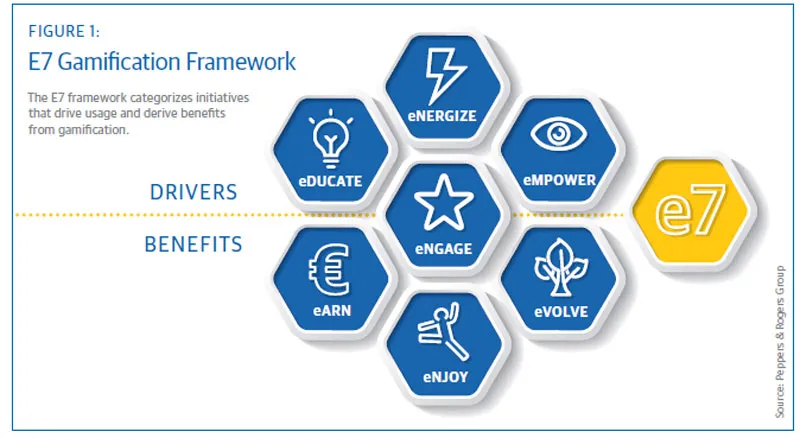
Each element collectively creates customer engagement (see Figure 1) with a mix of business-oriented and fun activities. Users may advance to new levels by taking polls or sharing feedback online about products and services. It helps the business gather information and insight that would be difficult to gather otherwise. And rewards don’t have to be monetary, which can help optimize costs related to the loyalty program, rather than have to rely solely on discounts based on value tiers.
What would gamification be without badges? Instead of giving out badges when customers meet purchase thresholds, companies can leverage the popular tool to unlock usage-oriented or customer awareness badges. A cable company may reward customers who use its video-on-demand service, or switch from paper to electronic bills, for example. Moving even further outside the traditional loyalty structure, users can also be awarded badges for behavior or lifestyle actions beyond transactions. The North Face rewards members when they run local trail races. TripAdvisor rewards members who post selfies on its site or visit 5/10/20 or more countries. In these examples, customers enjoy building the relationship with brands in unique ways, and companies can gather customer lifestyle data to develop valuable insight.
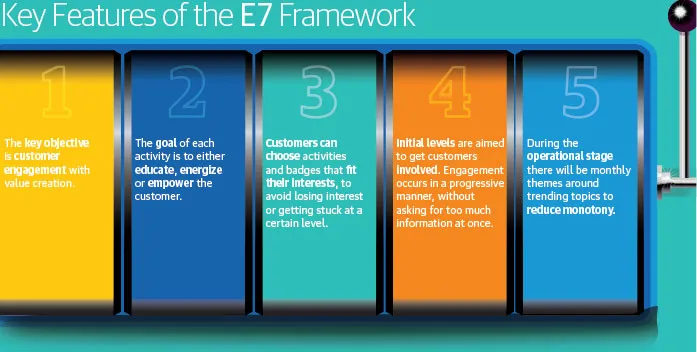
Here is where strategy becomes paramount. Badges must be created based on a number of factors, including which customer segments to reach, what business objectives to achieve, and how achieving the badges impacts the business. Otherwise, it’s a program without tangible data. Figure 2 illustrates the considerations and processes related to a hypothetical “Go Green” badge.
Because of the unique needs of each company’s customers, there is no one-size-fits-all gamification strategy. Businesses must look holistically at how best to incorporate gamified elements into their loyalty programs. Often it will require a cross-functional effort from marketing, sales, product development, operations, IT, finance, customer service, and other departments.
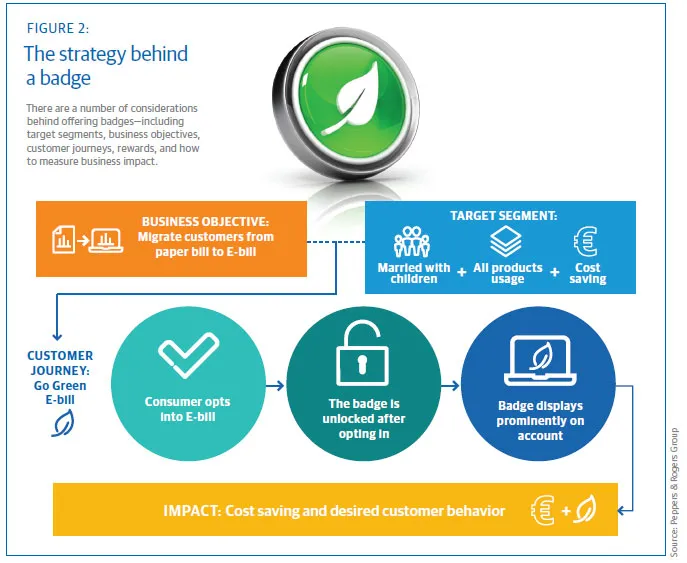
Recommendations for success
Though each program is unique, there are a few high-level recommendations for success. First, data analytics is critical to a successful program. Organizations must have centralized, shared data systems and processes in place to effectively monitor and report on the loyalty program. The Peppers & Rogers Group’s InfoSmart analytics framework consists of information management, reporting, analytics, and decision management to enable an effective data environment (see Figure 3).
Next, the program must be dynamic. As customers participate, find out what they like or don’t like. Gather insight on new ideas for improvement. Monitor internal business metrics. Design a dynamic program that is flexible and can be changed relatively easily. Dynamic design will keep users interested, and help the program remain relevant.
Finally, actively counter apathy. Many consumers sign up for loyalty programs, only to lose interest after time if they fall behind or don’t see rewards. Be proactive to inactive members with personalized campaigns and be sophisticated in the types of behavior you reward and incentives you offer.
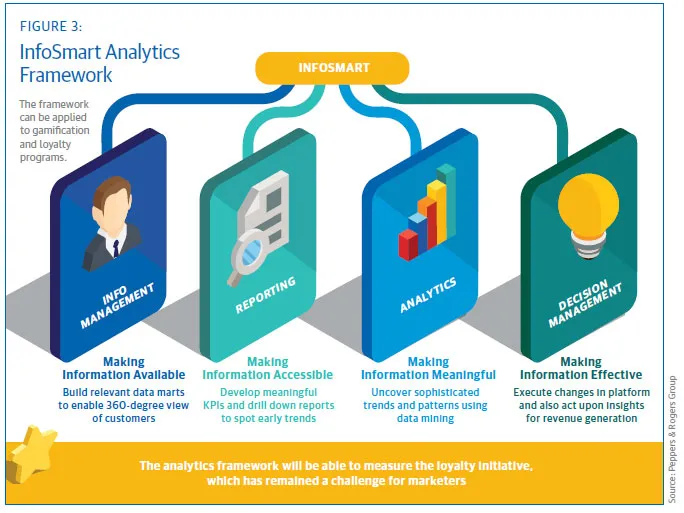
You’ll know the program is working if customers are excited about it and active in the program. But, don’t forget these four areas to show customer experience progress from the business side, as well:
• Improved customer reach.
• Higher engagement and revenue.
• Better decision making.
• Advanced company processes.
Conclusion
Gamification’s popularity growth can be leveraged to reignite the customer engagement potential of loyalty programs. A coordinated and strategic approach to gamification will enable companies to derive benefits in the form of customer commitment and business impact.
